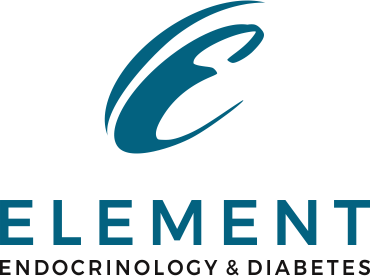High Cholesterol
How can I have good and bad cholesterol?
The cholesterol circulating in your blood comes from two sources, foods and your own body. Your body produces its own cholesterol because the fat is essential for cellular health and making vitamin D, hormones, and fat-dissolving bile acids.
Foods such as meat, chicken, cheese, and egg yolks contain cholesterol. During digestion, the cholesterol you consume is packaged into lipoproteins. The type of lipoprotein determines if it acts like good or bad cholesterol.
Cholesterol is not inherently bad and is in fact one of the most important molecules in the body. The cholesterol circulating in the blood is carried on proteins that determine where it travels in the body. Some of these proteins help cholesterol move out of the circulation (high-density lipoprotein, or HDL), often referred to as good cholesterol. Other proteins that carry cholesterol are more likely, at high concentrations to circulate and stick to the walls of the blood vessels leading to atherosclerosis. This type of cholesterol is known as low-density lipoprotein cholesterol, or (LDL-C), and is sometimes referred to as “bad” cholesterol.
What health problems occur due to high cholesterol?
High cholesterol causes atherosclerosis. This condition begins when cholesterol sticks to an artery wall, creating a fatty plaque.
You’re more likely to develop atherosclerosis if you have chronic conditions such as high blood pressure and high blood sugar. These conditions damage the arterial walls, creating spots where cholesterol can easily infiltrate.
Atherosclerosis can occur in any artery, causing chronic health conditions such as:
Coronary artery disease
Carotid artery disease
Peripheral artery disease
Chronic kidney disease
As more fats and other substances accumulate, the plaque enlarges, hardens, and blocks blood flow. Atherosclerotic plaque can also rupture, causing a blood clot that can travel to your heart, lungs, or brain.
What symptoms develop due to high cholesterol?
High cholesterol doesn’t cause symptoms until blood flow is severely restricted. If you have peripheral artery disease, you may start to have leg pain when you’re active. Otherwise, the first symptom is often a life-threatening problem such as a heart attack, stroke, or pulmonary embolism.
How is high cholesterol treated?
Your provider at Element Endocrinology and Diabetes runs a blood test to determine your cholesterol levels. Then they design a treatment plan to lower your cholesterol and treat any underlying health problems.
Cholesterol treatment typically begins with making changes to your diet, following an exercise regimen, and losing weight if needed. These steps are enough to bring cholesterol levels back to normal for many patients.
If lifestyle changes don’t help, or your blood test reveals a dangerously high level of cholesterol, your provider prescribes medication. Several types of medications are available, and each one works in a different way.
Your provider may recommend one of the newest medications, PCSK9 inhibitors. These medications help the liver absorb more cholesterol, effectively lowering the amount of cholesterol in your blood.
To have your cholesterol screened or to get ongoing care for high cholesterol, call Element Endocrinology and Diabetes today.

